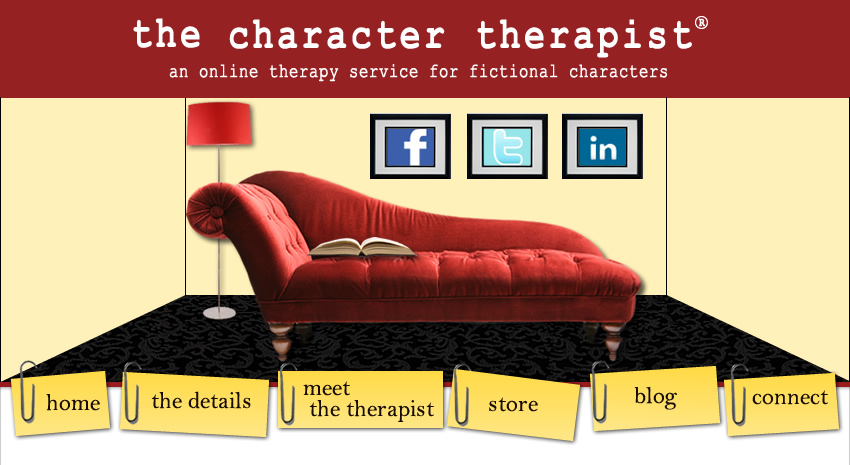There is a great quote by Viktor Frankl, a psychiatrist and Holocaust survivor, who wrote Man's Search for Meaning. It goes:
Between stimulus and response, there is a space. In that space lies our freedom and power to choose our response. In our response lies our growth and freedom.
Sounds great...and is very accurate. So what's the problem? The problem lies with identifying the response. Anger is actually an immature response. Animals are programmed to act with anger (fight) when they feel any sort of threat. It could also be called a primitive response (because a different section of the brain is actually being used...the lower brain). The emotional need (which would be found on the perimeter of the poster) goes unmet when all you (or your character) can say is, "I feel angry."
The above picture is available as a poster and a magnet for therapists to use in session. And trust me...I've put a lot of miles on my magnet, using it with children and adults alike. I watch their face as they hold the magnet. Brows are furrowed and the cogs are turning as they figure out what prompted their angry outburst at school or what caused them to lay into their spouse after dinner. And WITHOUT FAIL they ALL can pinpoint WHY. They can indicate what emotional need went unmet and led to the angry response.
So our goal should be to increase the "space" between the stimulus and response. (To be less technical...the "space" would also roughly fit that same time period when you might "count to 10.") By doing this, we give ourselves more time to figure out what the primary emotion is (Hurt, Anxiety, Shame, Sadness, Fear, Frustration, Guilt, Disappointment, Worry, Jealousy,Embarrassment, etc.). Any character can show this kind of emotional growth and development simply by the author adding in some action beats during the "space" to show how the character is "counting to 10," so to speak. [And be CREATIVE. Don't just have them count to ten, people.]
Anger is a powerful tool of survival as well as a source of energy. We've all known people who get mad and then clean like a madwoman or run like a racehorse. There are productive ways to channel anger. But to repress our anger or hold onto it for prolonged lengths of time can be very damaging to our emotional well-being (and that of our characters!). But, alas, we do have to have some sort of ticking time bombs, right? *sigh* No doubt about it, this makes a good one. Stuffing and stuffing our emotions (whatever they are) will lead to an explosion (external) or implosion (internal).
As always, specific questions about your characters are welcomed.










4 comments:
I love this post. So true!
Great post! I'm so glad I stopped by and read this. It's so immediately applicable to characters and the necessity of cause and effect. Now I'm thinking I need one of those magnets!
I like this idea. I'll be sending you characters soon. Thanks for visiting my blog and the follow. You should make yourself a button for others to take and display on their blog. I would.
Jeannie, I love this post. Anger is a hard emotion for me. At least to keep it tamed, anyway.
I have a character in my WIP who is over the top angry due to a tragedy in her life. I end up rewriting her scenes a few times because she won't settle down.
Thanks for the hints.
BYW: thanks for the link to bookshelf muse. My jaw dropped when I went there. It is like a candy store for writers. Thanks! Thanks! Thanks!
Post a Comment
Both comments and questions are welcome. I hope you enjoyed your time on the couch today.